By: Varun Uchil, Rini Bhattacharyya, Rohin Nair, and Yehonadav Feygin
Section: 07
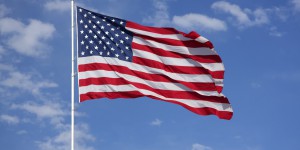
The American flag, which originally had 13 stars – arranged in a circle – and 13 stripes in order to reflect the amount of colonies present at the time, is a banner that is commonly flown throughout the country and its territories. It has 50 stars to represent the 50 states in America, but maintains the 13 stripes to represent the original 13 colonies. The stars are white, and arranged in a square pattern in front of a square blue background, and the stripes alternate between red and white.

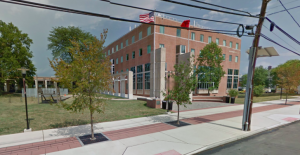
Essay
The American flag is a common staple of most neighborhoods in the United States, with, most neighborhoods containing at least a handful of flags and with some neighborhoods where a front yard WITHOUT a flag would be considered amiss. The American flag can be found in various different places such as office building, educational establishments, and even homes. It is a symbol of this country’s freedom from British reign and is representative of America’s values. Betsy Ross was chosen by George Washington to create the first American flag which had thirteen stars to represent the thirteen colonies. As colonies, and later states, were added to the nation, the flag was correspondingly altered to reflect this, with the latest edit coming in the late 1950’s with the addition of Alaska and Hawaii as states. Common folklore had always indicated that the first foreign salute of a flag came in 1778, in the Quiberon Bay in France. However, more contemporary research on the subject indicates that the first foreign salute of the original Stars and Stripes actually came 2 years prior, and was carried out on the U.S.S. Andrew Doria and conducted by Dutch Captain Johannes de Graaf. The American Flag has no direct connection to Rutgers University but if one really thinks about the American Flag, many of the ideals it represents are a direct the origin of the ideals of Rutgers. The constitution, which is a directly represented by the American Flag, states that everyone should have an equal opportunity to chase the American dream, and to have the freedom to choose what and how he or she wants to accomplish regardless of race, gender or religion. Rutgers directly emphasizes this ideal, as it is ranked the second most diverse AAU public flagship institution in the “U.S. News & World Report” rankings. The American flag may seem like a strange artifact to choose to draw a connection to the Netherlands. However, in context of the theme of “Shared Values” among the two nations, the connection appears to be given a new validity. The reason that we chose the American flag as our artifact, as stated previously, is that the Dutch were the first foreign country to recognize the United States as a sovereign nation from the crown. However, the underlying connection between the Dutch and the United States actually goes deeper than this historical anecdote. The Netherlands and the United States are both free nations that are at the forefront of the new age, a scenario that would not be possible without the paramount value that liberty takes in both societies. Today, the American flag is a symbol of patriotism. People revere the American Flag and most households or institutions contain one or more flags. The Flag is a symbol of what it is to be American. It has 50 stars, encompassing all fifty states, and thirteen stripes to pay homage to the original thirteen states of the union. The Red Blue and White are iconic in American culture. Many products in shops use these colors in order to appeal to Americans. This prompts an interesting question. Why does the flag appeal to people? The Flag is the most direct symbol of American independence and power. The Flag asserts American authority, as evidenced by the planting of the flag at Iwo Jima. It also invokes a sense of pride in the country. Americans believe the flag to represent the country as a whole, which is why they face it while reciting the pledge of Allegiance. Every person in America, regardless of their differences accepts the flag as a symbol of unity. The Flag is so respected that desecration of the flag is highly frowned upon. Perhaps, the best way to describe the American flag would be to use the word sacred. “O say does that Star Spangled/Banner yet wave/O’er the land of the free/and the home of the brave” – Francis Scott Key, 1814. Though a statement made almost half a century after the original American flag was made, there is perhaps no more relevant line to the ideals embodied by the emblem of our nation. The line, which is also a famous part of the national anthem, indicates that the speaker, Mr. Scott Key, is imploring us to forever fly the flag over our prosperous and free nation. In 1909, The New York Times actually published a fascinating piece on the first recorded salute to the American flag. It explains that “The first recorded salute by a foreign officer to the flag of the Continental Congress and the United States of America was at the island of St. Eustatius on November 16, 1776, by the Dutch governor, de Graeff, after his reading the Declaration of Independence.” The article also goes on to explain De Graaff’s forward-thinking acceptance of the United States America by not only showing his support to the American government against the British crown, but also by opening the Dutch harbor at St. Eustatius to freely trade with the Americans.
Bibliography
- http://query.nytimes.com/mem/archive-free/pdf?res=9E04E4D9103EE733A25752C1A9649C946797D6CF
- http://www.history.com/topics/american-revolution/betsy-ross
- http://www.history.com/this-day-in-history/key-pens-star-spangled-banner

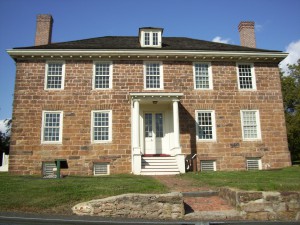

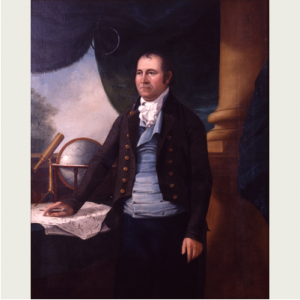

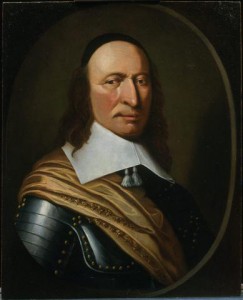

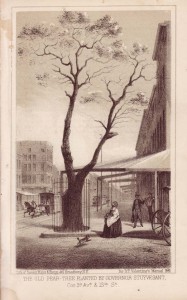
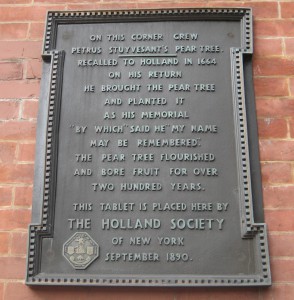 utch ancestry alive.
utch ancestry alive. 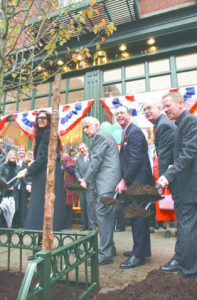
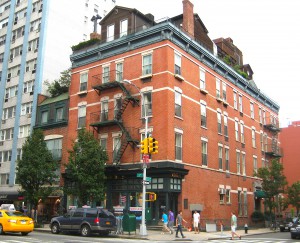 g.
g.